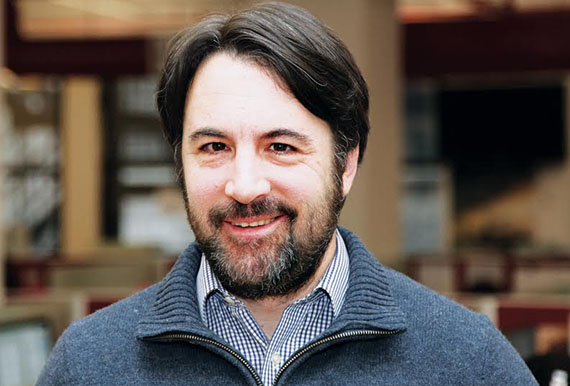Trending
Editor’s note: When the music stops

Dance until the music stops.
That was the infamous advice from the former CEO of Citigroup Charles O. Prince III back in July 2007, with the subprime crisis about to bear down on the country.
Or more specifically, “When the music stops, in terms of liquidity, things will be complicated. But as long as the music is playing, you’ve got to get up and dance. We’re still dancing.”
In New York City real estate, we are still dancing.
While the domestic lenders who got burned during the Great Recession never fully got wild on the dance floor again (which was a good thing), New York’s real estate developers found other ways to access easy money.
A good portion of that money today comes from abroad.
No single program today is more emblematic of the flow of capital around the world (and into NYC real estate) than EB-5. We take a hard look at the program in this issue in five separate stories.
The “greenbacks for green card” program — which allows foreign investors to put up $500,000 for a project that spurs economic development and produces jobs in exchange for a visa — is wildly popular, predominately with the Chinese. And it’s wildly popular with developers because it’s a cheap source of capital, though that is starting to change somewhat.
The multi-billion-dollar program — which one NYC player called “legalized crack cocaine” — is also largely unregulated as well as incredibly lucrative to the middlemen who help move money out of China and into the U.S.
In our stories, starting on page 48, we take a look at the web of key stakeholders riding the EB-5 gravy train — from developers to regional centers to banks to the so-called migration agents who are on the ground pitching investors in China, where there is still a vast amount of wealth looking to exit the country.
The program has undoubtedly been a boon to NYC development — as evidenced by the fact that the Related Companies used it to raise $600 million for its mega Hudson Yards project. Still, a few less prominent EB-5-funded projects are teetering, potentially putting investors’ money at risk.
But our EB-5 investigation isn’t the only big story in the issue, as you’ve probably gathered from our cover.
We also took a serious look at Donald Trump and his surprising (to put it mildly) run for president. We talk to supporters and detractors in the industry (though many we called were mum) and look at why the GOP frontrunner has always been somewhat of an outsider in NYC developer circles. We also sifted through 40 years of lawsuits to look at Trump’s history of litigation to gain a better understanding of how he’s operated as a business executive in New York City real estate. The goal, of course, was to determine what that says about what type of president he would be (should that possibility ever happen).
Elsewhere in the issue, we’ve got some other great in-depth pieces. We take a close look at the way the title insurance industry works and examine the (sometimes infamous) judges who are ruling on some of the biggest real estate issues in New York City these days.
We’ve also got a fun piece on where New York City’s billionaires live — with 79 billionaires, we have more than any other city.
Finally, check out our 114-page South Florida Market Report, included along with this issue. If you don’t know the South Florida market and what’s happening now (the boom times are starting to moderate), you’ll be able to get up to speed in one sitting. If you are already on top of the market, you’ll still learn a ton.
Enjoy the issue.




